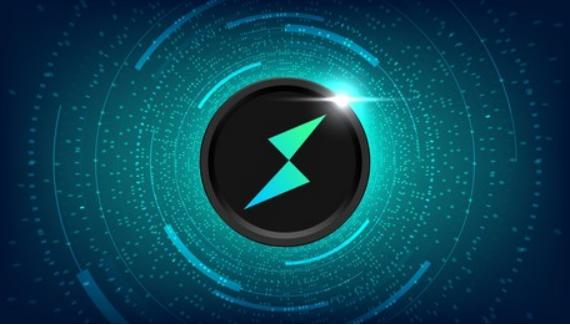 In today's cryptocurrency market, the RUNE token plays multiple roles as an important part of the THORChain ecosystem. This article will delve into the operating mechanism of the RUNE token, key roles such as liquidity providers, traders, exchangers and node operators, and analyze how they affect the operation of the entire ecosystem.
In today's cryptocurrency market, the RUNE token plays multiple roles as an important part of the THORChain ecosystem. This article will delve into the operating mechanism of the RUNE token, key roles such as liquidity providers, traders, exchangers and node operators, and analyze how they affect the operation of the entire ecosystem.
Basic concept of RUNE token
RUNE is the native token of THORChain and is mainly used for the operation of liquidity pools. Liquidity providers deposit assets into the liquidity pool and receive transaction fees and system rewards for doing so. The distribution of these rewards is affected by the status of the liquidity pool and network conditions.
The rewards for liquidity providers come not only from transaction fees, but also from block rewards. These rewards are dynamic and are not guaranteed to fully compensate for "temporary losses" due to price changes. Therefore, liquidity providers should deposit assets with the understanding that they will receive a fair share of the liquidity pool proceeds, rather than a specific amount of assets.
The role of liquidity provider
Liquidity providers play a vital role in the THORChain ecosystem. When they deposit assets into a liquidity pool, they provide liquidity to the pool. The market prices of these assets are floating, and liquidity providers are therefore able to gain market risk exposure to these assets.
The returns of liquidity providers mainly come from the following aspects:
Block Rewards: Whenever a liquidity provider withdraws assets from the pool, they are rewarded accordingly.
Transaction fees: Fees generated by transactions in the liquidity pool are distributed to liquidity providers.
The profitability of a liquidity provider is affected by a variety of factors, including their share of the pool, trading volume, and the size of the trade.
Interaction between traders and exchangers
In the THORChain ecosystem, the roles of traders and exchangers are equally important. Exchangers use the liquidity pool to conduct instant exchange of assets and pay corresponding fees. Traders are responsible for monitoring the liquidity pool and continuously rebalancing to obtain profits.
The role of the trader: The main task of the trader is to ensure that the asset allocation of the liquidity pool is reasonable. They adjust the proportion of assets based on market dynamics to maximize returns. When traders make transactions, they will pay a certain fee, which will eventually be fed back to the liquidity provider.
The role of exchangers: Exchangers are users who directly use the liquidity pool to exchange assets. Their demand drives the activity level of the liquidity pool, thereby affecting the overall transaction fees and profits of liquidity providers.
Node operator contribution
Node operators are responsible for ensuring the security and stability of the system in the THORChain ecosystem. They are required to provide a certain amount of security deposit and receive corresponding compensation. There is a balancing mechanism between the rewards of node operators and the rewards of liquidity providers, which will adjust the distribution ratio of rewards according to market demand.
Factors affecting returns: The returns of a liquidity provider are affected by a variety of factors, including:
Ownership ratio: The higher the ownership ratio of a liquidity provider in the pool, the more rewards it will receive.
Trading volume: The larger the trading volume, the more transaction fees are generated, which directly affects the income of liquidity providers.
Transaction size: Large transactions can lead to price slippage, which in turn incurs higher transaction fees.
Incentive Swing: The incentive swing mechanism will adjust the distribution of rewards based on changes in the amount of capital of liquidity providers and node operators.
These factors jointly affect the profitability of liquidity providers and promote the healthy development of the entire ecosystem.
in conclusion
The workings of the RUNE token and its ecosystem are complex and sophisticated. The interaction of liquidity providers, traders, exchangers and node operators forms the core of this ecosystem. As the market evolves, the capabilities and rewards of these roles will continue to evolve. Understanding these mechanisms not only helps participants obtain better investment returns, but also provides deeper insights into the future cryptocurrency market.